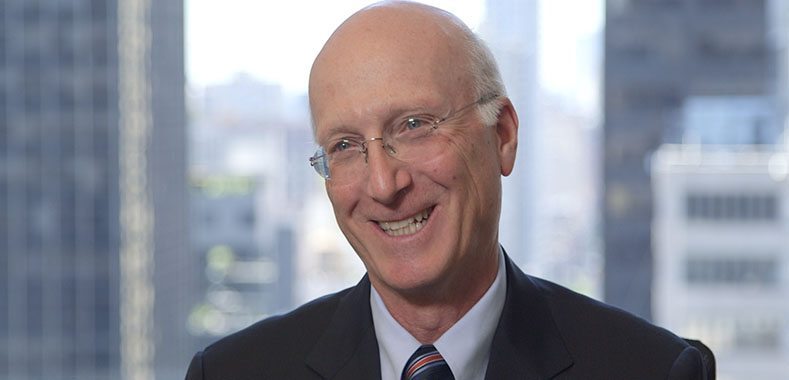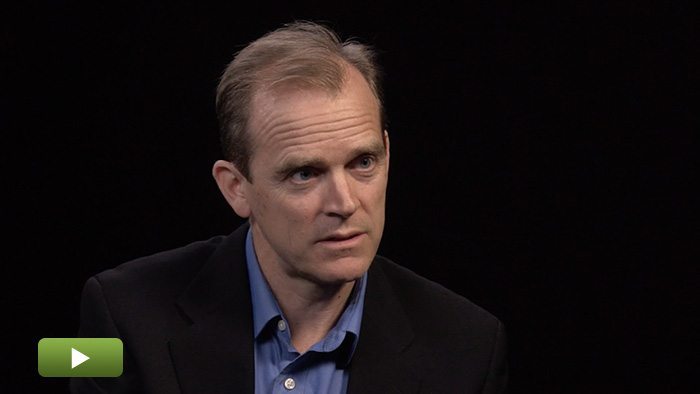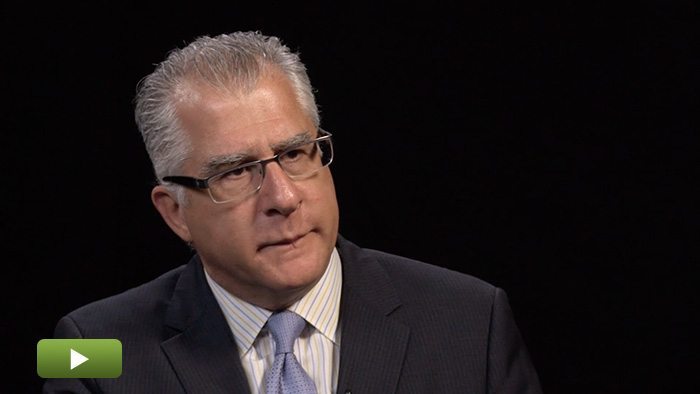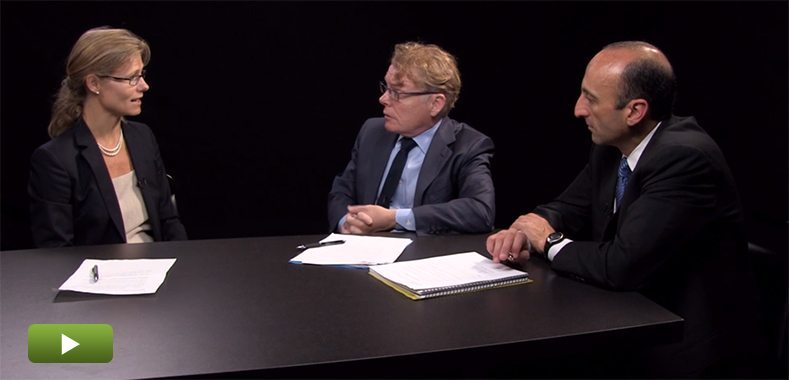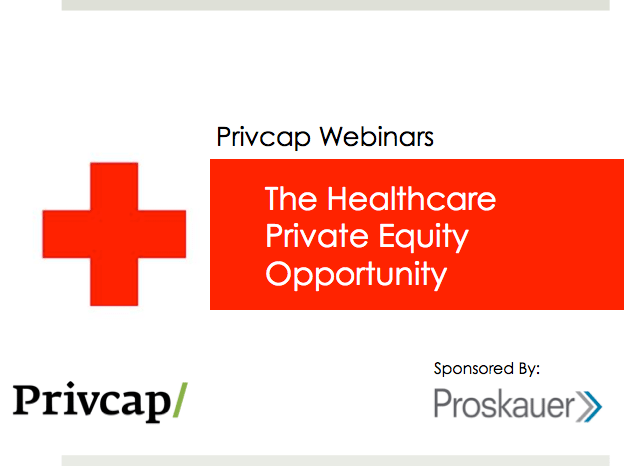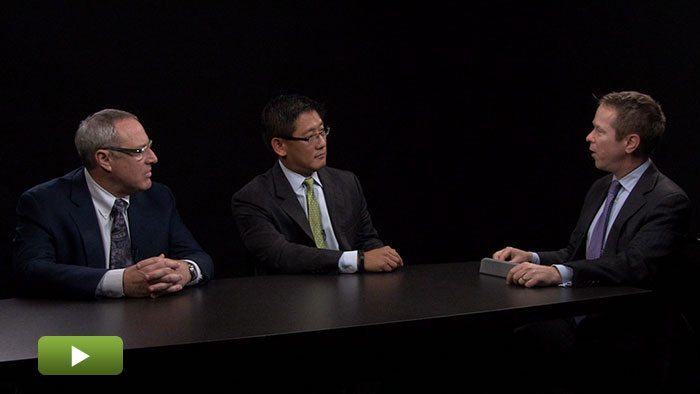What’s Motivating Healthcare Sales to PE?
Consolidation has ramped up for some subsectors of the healthcare space, and the number of companies deciding to sell to private equity players has also increased. Les Levinson, co-chair of the transactional healthcare practice at Robinson+Cole, tells Privcap why these changes are happening, and why the post-acute space has become more amenable to PE buyers.
Transcript Download Transcript
What’s Motivating Healthcare Sales to PE?
With Les Levinson of Robinson+Cole LLP
What scenarios are motivating sellers now versus a few years ago?
Les Levinson, Robinson+Cole: On a much broader basis, we have a pretty favorable capital structure environment, so money is reasonably available, interest rates continue to be very low, [and] that attracts deal making activity. We certainly have consolidation again as exhibited by what we saw in the insurance industry, but you’re also seeing a tremendous amount of consolidation throughout the service sector, period.
Whether that’s in the hospital market, that’s in a physician market, that’s in the post-acute market and homecare and hospice, you’ve got sellers at different levels who feel like now might be the time to sell, rather than making significant capital expenditures in their businesses. Partnering with a private equity firm or a strategic or a quasi-strategic seems like a viable alternative.
Not the least of which multiples are pretty healthy. So that certainly attracts people’s attention, as opposed to two or three years ago when prices were lower. There was much more skittishness in the market. The headwinds of reimbursement were more challenging. There was the Supreme Court decision, maybe more uncertainty around Obamacare. So a lot of those things have settled down. They haven’t gone away, but they’ve ameliorated to a point where people feel like they can manage them.
Do you see consolidation continuing?
Levinson: I think there is only so much consolidation that one can have in the market. If you take, again, the large insurance company sector, I think when you’ve got five or six or 10 players, there is a limit to how much consolidation you could have if you look at a particular market—maybe in a metropolitan market where some of the large health providers have come together.
I think other sectors are much more fragmented, like the post-acute sector where you have healthcare companies that are working in the homecare space, or hospice or long-term care. So I do think we’re going to have a longer lead time on consolidation.
It’s a little bit of a two-sided story. In some markets we’re going to see more consolidation; in others we are going to see a little bit less.
Have there been any deals in the past year that made PE more interested in healthcare?
Levinson: Let’s talk a lot about the post-acute sector, which is an area I spend a lot of time in. I am very active in the homecare and the hospice industry and the M&A and finance side. That sector had not received as much private equity interest in the last two or three years as it has, certainly, in the last 18 to 24 months. I think there are some seminal transactions that have kind of lit up the landscape for folks like the Kindred [Healthcare]-Gentiva [Health Services] transaction, or the HealthSouth-Encompass [Home Health and Hospice] transaction that really brought a lot of visibility to the sector.
I think there is a certain degree of interest in the [post-acute] sector that perhaps had not been evident before larger players do things, and sometimes that puts a sector in a light where folks sit back and go “hmm, we ought to be looking at the space in a different way.” So I think the interest will continue to be present through the end of 2015 and probably well into 2016.
How is post-acute care different from other subsectors?
Levinson: The industry and that subsector is much more fragmented than, let’s say, a hospital market where you may have a dominant player in a particular market or several in a regional area. Those businesses tend to be more mid-market, which lends itself more to a roll-up, or a consolidation strategy. Again, capital is plentiful. You have a more willing seller environment where you didn’t have that two or three years ago.
And when that reimbursement cliff looked more severe, sellers were looking at two, three kinds of multiples and those weren’t really getting people very attracted to doing a transaction. So you have a climate that I think is more hospitable on the sell side, you have a climate that’s hospitable on the buy side.
And when you look at a transaction that might achieve some of those strategic objectives for you now, with a multiple that’s attractive, now may be the time to continue to do that. If you’re a private equity firm that has not been in the space before, it’s a great opportunity to roll-up, particularly if you find a platform acquisition that you can build around, either in a geographic area or in a market area.
Why are some owners of post-acute facilities now willing to sell to PE?
Levinson: Economics are a large part. We began to counsel our clients as early as 2010 to do whatever they could to get a seat at the table as they were having conversations with the provider and payer communities that they operate in, because at some point that dance floor is going to become filled and there aren’t going to be any more seats at the table.
I think technology has changed a lot of the ways that these companies operate—the ability to capture data, to manage it, to use it in a way that you can be a participant in a risk-sharing consortium is much different than it used to be. And sometimes there’s just a right time to get out. Now, a lot of the folks that we might refer to as “mom and pops,” they do have substantial businesses, but a lot of them have started those businesses.
They may have come from a clinical background so they’re the owner- operator; they’ve been in it for 30 years. They may not have a lot of experience in M&A or in growing their business beyond an organic way, so coming in with somebody who’s really on a deal professional kind of basis could be very appealing to those folks, and I think [they] are much more receptive to the conversations, again, than they were two or three years ago when things were very uncertain.


